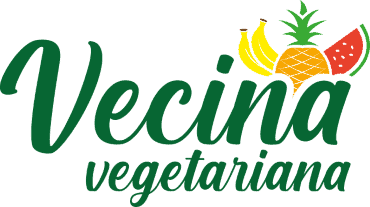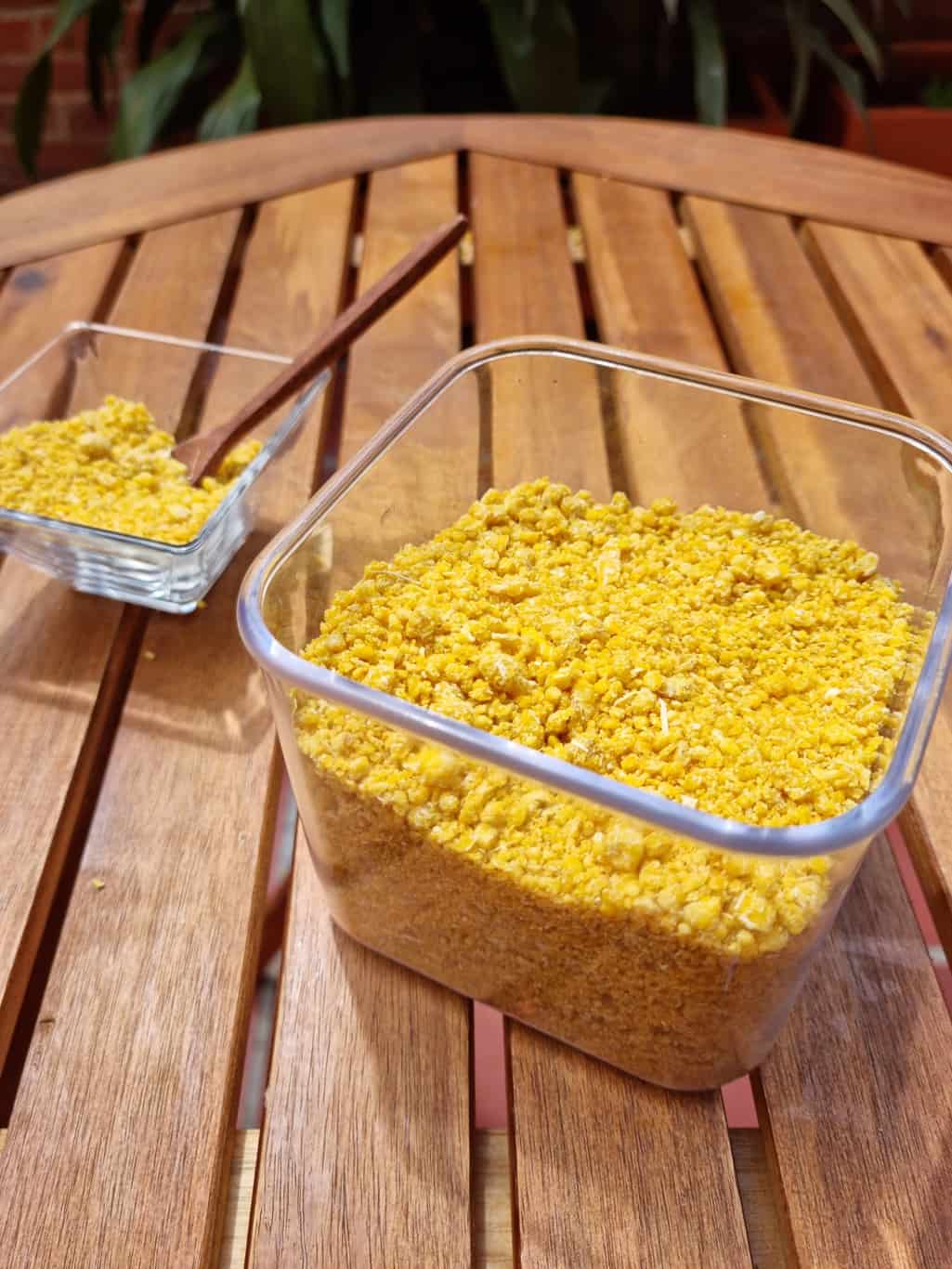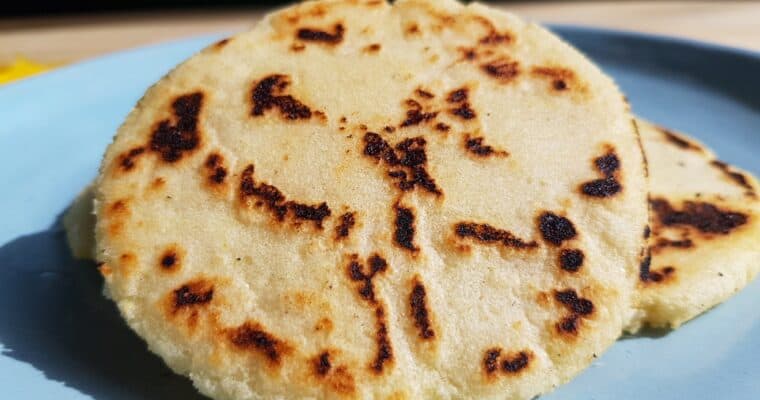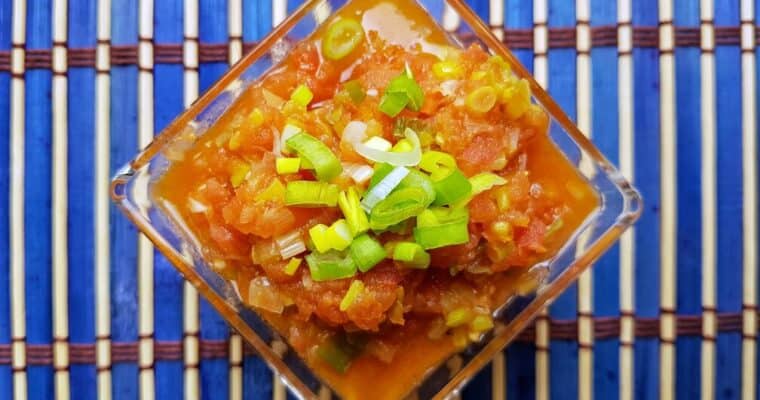Fariña is a coarse cassava flour made from bitter yuca. It’s an ancestral type of food from the indigenous tribes in the Amazon rainforest, and unknown to many not living in this region. In this post you can read about cassava, fariña and how it’s made and you’ll find ideas for recipes containing fariña.
Jump to RecipeEsta publicación también está disponible en español.
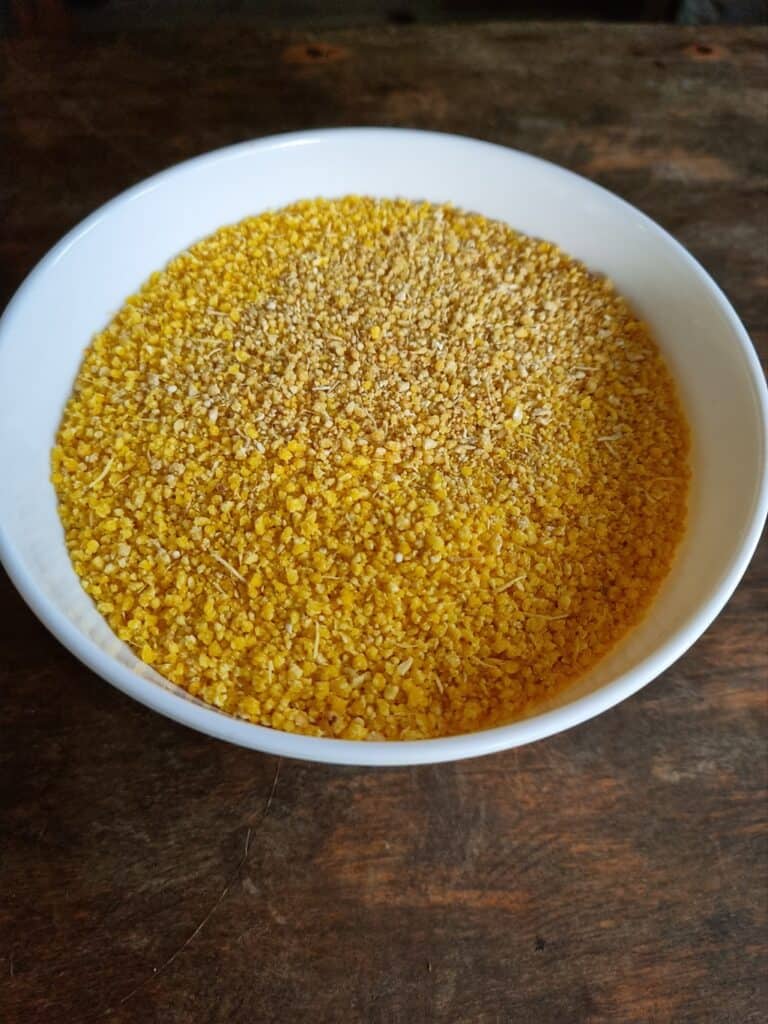
What is cassava (yuca/mandioca)?
Cassava, also known as mandioca or yuca, is a root vegetable that indigenous communities have been eating for centuries. It has become a staple in the whole of Colombia, and Latin America and Africa as well. The roots of the plant are high in starches, are calorie- and nutrient-dense and gluten-free.
There are many different types of cassava. In Colombia they are mostly divided into two groups:
- Sweet cassava (yuca dulce), the type that you can immediately eat after cooking, for example in a sancocho.
- Bitter cassava (yuca amarga o brava), that is poisonous and needs an elaborate process to make it eatable.
Indigenous communities use bitter cassava to make one of their most important products: a coarse cassava flour called fariña.
What is fariña and how is it made?
Fariña is a type of cassava flour made from bitter cassava. The extensive process of making fariña takes up some days.
- Firstly, it is necessary to soak the peeled roots in water for 3 to 4 days, to start the process of extracting the poisonous elements.
- Second comes the step of grating the cassava finely. This grated cassava is added to a tool to squeeze out all the liquid, which contains the poisonous elements (see picture below)
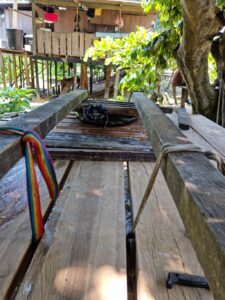
- The third step contains roasting the coarse grated cassava for 2-4 hours until fully cooked and yellow of color.
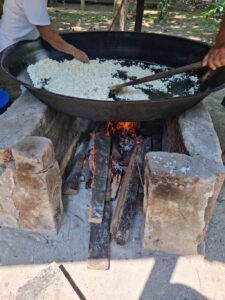
The final product is a coarse type of flour, with hard grains, that has a nutty and slightly smoky flavor.
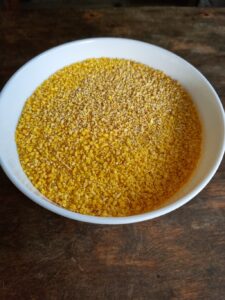
The residues: yare and cassava starch
The indigenous people use every part of the bitter cassava root. There are two important products that come from the squeezed out liquid of the cassava root.
Yare is the first product: a residue, cooked for several hours to eliminate the poison, that you can use to add to for example ají (hot sauce) or fish.
The second product is the starch of the cassava (almidón the yuca, also known as tapioca starch), that emerges when the poisonous liquid is evaporated.
This also immediately explains the difference between cassava flour and cassava starch. Cassava starch (also known as tapioca starch) is in Spanish called almidón or fécula. It is a residual product only containing the starches of the root. You can use it for baking Colombian buñuelos and pandebonos . Regular cassava flour is normally made from the whole yuca root as opposed to only the starches.
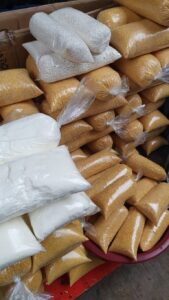
Uses
The indigenous communities of the Amazon use fariña in many different ways. When asking with what to eat fariña, the answer always was: “with everything”. Traditionally they use the the product to make a type of flatbread that keeps well for weeks, called casabe. Another option is adding fariña to soups and to warm dishes. At tables there are jars of fariña, and people add it to the plate to their liking. It thickens the soup, adds a slightly smoky flavor, and a crunch to whatever is eaten.
Recipes
Breakfast
This recipe idea is based on overnight oats, and makes a flavorful and different breakfast. You make it by:
- Soaking a couple of spoons (3-4) of fariña in plenty of milk of your choice (at least double the amount of milk in ratio to fariña). The coarse flour is completely dehydrated and will therefore soak up a lot of liquid.
- Add some sugar (or other sweetener) and cinnamon. Leave overnight in the fridge.
- Serve in the morning with toppings of your choice, like fresh fruit, seeds, and/or nuts.
This idea is savory/sweet, filling, gluten-free, and vegan depending on which milk you use.
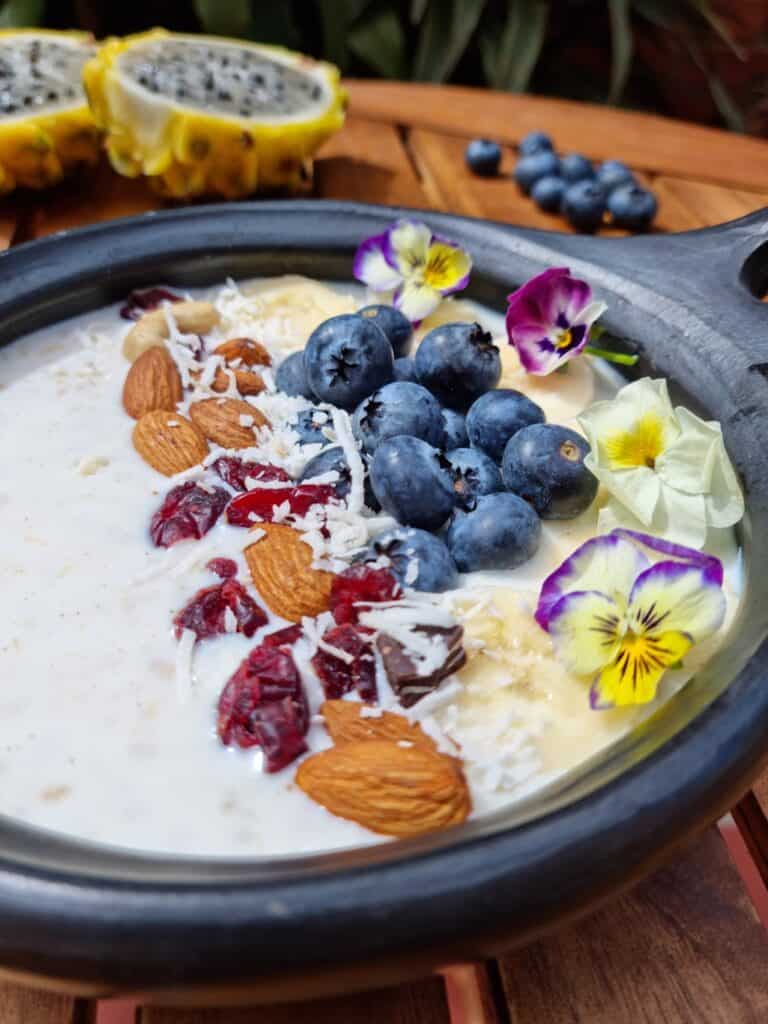
For more breakfast recipes, click here.
Vegetable soup with fariña
Jump to RecipeFor this vegetable soup you can use any vegetables that you like or have in your fridge. Commonly you add the fariña at the last moment, at the table. However if you cook it in the soup for a couple of minutes, the soup gets a delicious smoky flavor. Also it makes the fariña softer. This is just one idea of how to add fariña to a main course. You could also add it to other types of soup or mix it with frijoles (beans).
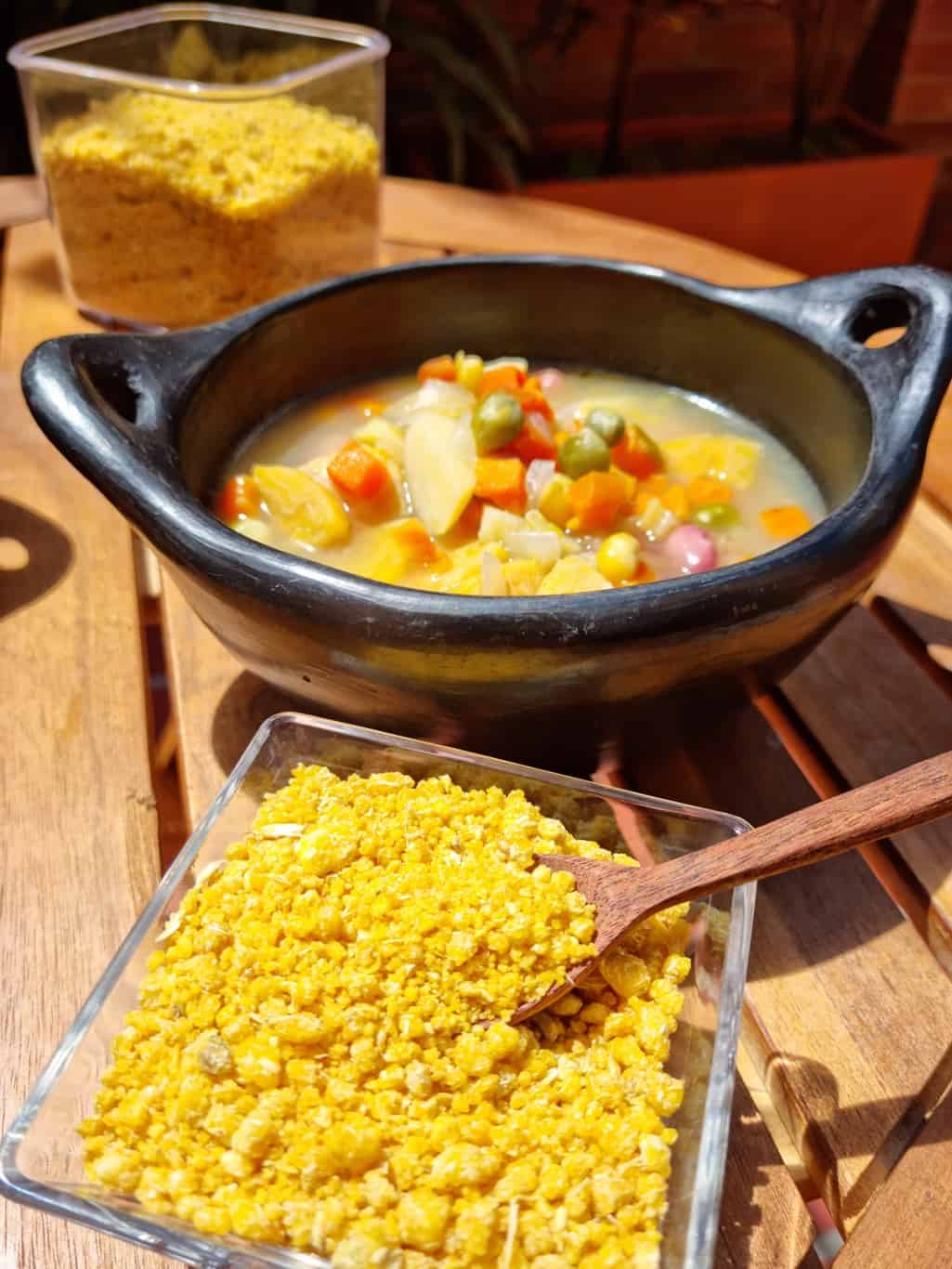
Other resources:
This website (in Spanish) is specifically useful when you are looking for more detailed information about bitter cassava, fariña, and the process of making it.
Frequently Asked Questions
There is no difference. They are different names for the same plant. The scientific name is manihot esculenta, and eaten are the roots of this plant. They contain high levels of starches, calories and nutrients, and are free of gluten.
Sweet cassava you can eat immediately after cooking it, for example in a soup like sancocho. Bitter cassava is poisonous and needs an elaborate process to make it eatable. Both types you cannot eat raw. But where sweet cassava is ready to eat after boiling it, bitter cassava needs both to be cooked ánd have the poisonous elements extracted.
Cassava flour is made using the whole root of the cassava plant. Cassava starch (also known as tapioca starch) is a residual product only containing the starches of the cassava root, as opposed to all elements of the cassava root. You can use it for baking Colombian buñuelos and pandebonos. Fariña is a coarse cassava flour made of the bitter cassava.
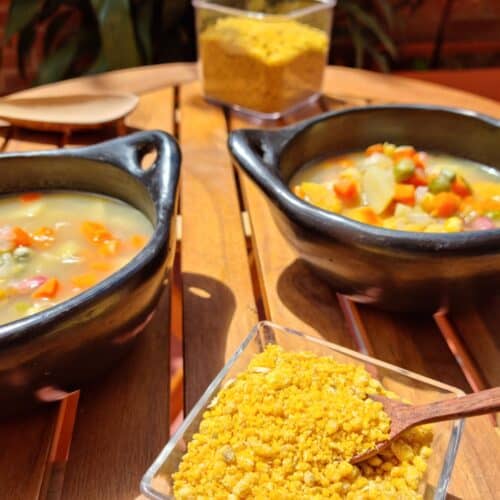
Vegetable soup with cassava Fariña
Ingredients
- 1 small onion, finely diced
- 1 clove of garlic, chopped
- 1 green onion, chopped finely
- 400 g vegetables of choice, cleaned and diced finely peas, corn, carrot, fresh or canned beans
- 1/2 green plantain, sliced and halved
- 2 potatoes, peeled, sliced and halved
- 1.5-2 l water
- 2 sprigs of cilantro, plus more for serving
- 3 bay leafs
- salt and pepper
- vegetable oil
- 1 tbsp vinegar
- fariña, to liking (couple of tablespoons)
- 1 cube of vegetable stock (optional)
Instructions
- Cook onion, garlic and green onion for a couple of minutes in vegetable oil, until soft
- Add the vegetables of choice and the green plantain and sautée for 5 minutes or until fagrant and slightly colored. Season with salt and pepper
- Add bay leafs, sprigs or cilantro, water, 1 tablespoon of oil, 1 tablespoon of vinegar and the 1 cube of stock if using. Bring to a boil, turn low and let simmer for 25 minutes
- Add the sliced potato and continue cooking for an additional 20-35 minutes, until all vegetables are soft. Taste and adjust seasoning
- Add fariña for the last 5 minutes of cooking, until you smell the smokiness. Serve in individual bowls and sprinkle with cilantro.Or serve the soup in individual bowls and serve the fariña separate so everyone can help themselves at the table
